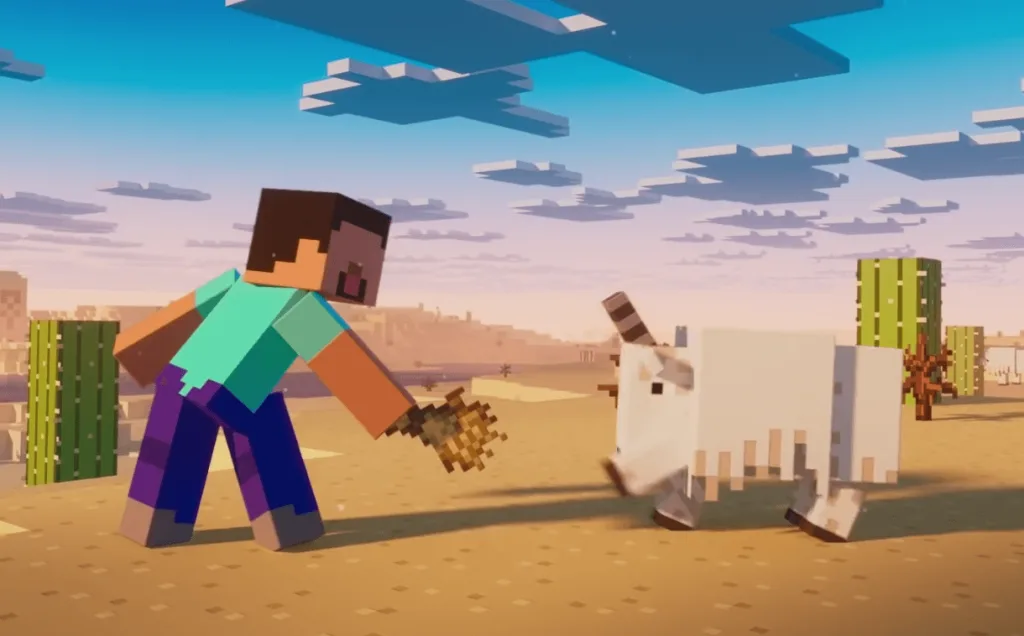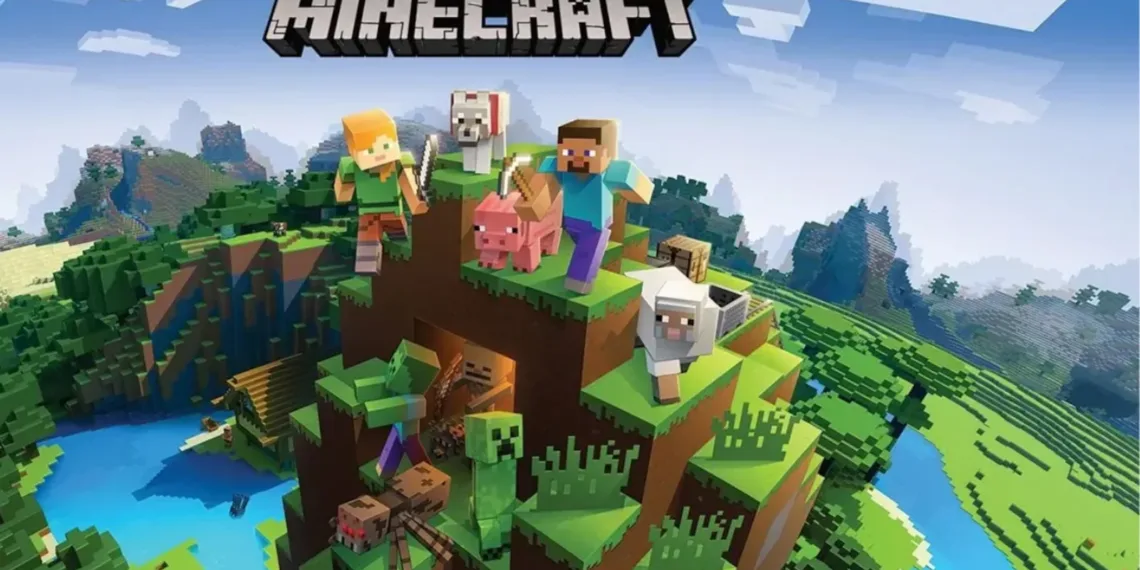The Minecraft server landscape is experiencing significant turbulence, with many beloved communities shutting down and new servers struggling to gain traction. This decline stems from multiple interconnected factors that have fundamentally changed how server owners operate and monetize their communities.
Table of Contents
The Core Factors Behind Server Decline
Understanding the server decline requires examining several critical issues that have emerged over recent years. These challenges range from policy changes to market competition and technical barriers.

Key Contributing Factors Overview
| Factor | Impact Level | Primary Effect |
|---|---|---|
| EULA Policy Changes | High | Restricted monetization models |
| Hosting Costs | Medium | Financial burden on owners |
| Competition | High | Player base fragmentation |
| Technical Updates | Medium | Compatibility issues |
| Player Expectations | High | Increased demand for quality |
EULA Changes: The Biggest Game Changer
Mojang’s EULA policies have significantly restricted how servers can make money, killing off some of the biggest revenue models for the owners. Since monetisation opportunities are limited, existing servers are struggling, while the number of new ones has seen a sharp decline.
What Changed in the EULA
The EULA sets forward several new rules for servers to comply with to avoid potential enforcement from Mojang and Microsoft. This includes making all servers compatible for all age groups and removing any content considered to be gambling. Key restrictions include no pay-to-win mechanics and cosmetic-only monetization perks.
Prohibited Practices:
- Pay-to-Win Models: Selling gameplay advantages to paying players
- Gambling Content: Loot boxes, casino-style games, and chance-based purchases
- Age-Inappropriate Content: Adult themes that violate family-friendly requirements
Allowed Monetization:
- Cosmetic Items: Skins, particles, and visual enhancements
- Server Access: VIP memberships for server entry (not gameplay advantages)
- Convenience Features: Non-essential quality-of-life improvements
Rising Hosting Costs and Technical Barriers
Generally speaking, shared hosting packages start from around $2 per month, with more powerful dedicated servers costing up to $50 or more per month. These costs, combined with reduced monetization options, create unsustainable business models for many server operators.
Financial Pressures
- Hardware Requirements: Modern Minecraft versions demand more server resources
- Security Costs: DDoS protection and security measures add expenses
- Maintenance Time: Technical upkeep requires significant time investment
- Staff Costs: Moderation and administration expenses

Competition from New Gaming Platforms
The gaming landscape has evolved dramatically, with battle royale games, mobile gaming, and social platforms competing for player attention. In 2023, Minecraft’s mobile version generated an annual revenue of $82.28 million, marking a noticeable decrease from the $100.51 million recorded in 2022, reflecting shifts in user spending patterns and platform engagement.
Market Fragmentation
- Mobile Gaming Growth: Easier accessibility on smartphones and tablets
- Social Media Integration: Platforms offering instant gratification and social interaction
- Free-to-Play Alternatives: Games with more flexible monetization models
- Content Creator Influence: Streamers promoting newer games over Minecraft servers
High-Profile Server Shutdowns
Notable casualties include servers like Mineplex, where a low player count, a problematic anti-cheat system, and the relatively low popularity of the Java Edition infrastructure compounded the troubles for the server.
These shutdowns create ripple effects throughout the community, as displaced players often leave the server ecosystem entirely rather than finding new communities.
Technical Challenges and Update Resistance
Many servers are refusing to update to 1.9+, and that, coupled with the EULA changes, are making servers increasingly less appealing. This creates a fragmented ecosystem where players and servers operate on incompatible versions.
Version Compatibility Issues
- Plugin Dependencies: Older plugins incompatible with new versions
- Feature Changes: Combat updates and gameplay modifications
- Performance Requirements: Newer versions demanding more resources
- Staff Retraining: Learning new systems and mechanics
For comprehensive server management strategies, explore our Minecraft server optimization guide.
Player Expectations vs. Reality
Modern players expect professional-quality experiences, sophisticated anti-cheat systems, custom content, and regular updates. Meeting these expectations requires significant investment in both time and money.
Quality Standards Evolution
- Custom Content: Unique game modes and features
- Anti-Cheat Systems: Advanced detection and prevention tools
- Community Management: Active moderation and player support
- Regular Updates: Fresh content and bug fixes
Surviving Servers: What They’re Doing Right
Successful servers have adapted by:
- Embracing EULA Compliance: Finding creative monetization within guidelines
- Community Building: Fostering strong player relationships
- Quality Focus: Investing in polish and player experience
- Niche Specialization: Targeting specific player demographics
The Path Forward for Server Owners
Sustainable Strategies
- EULA-Compliant Monetization: Focus on cosmetics and convenience features
- Community Investment: Build loyal player bases through engagement
- Cost Management: Optimize hosting and operational expenses
- Innovation: Create unique experiences that stand out
Check our sustainable Minecraft server business models for detailed guidance.
Conclusion: Adaptation is Key
The Minecraft server decline isn’t necessarily permanent, but it represents a fundamental shift in the ecosystem. Minecraft servers shut down for various reasons, losing progress, social connections, entertainment, and emotions. However, those that adapt to new realities—embracing EULA compliance, managing costs effectively, and building strong communities—can still thrive.
The industry needs innovation, sustainable business models, and renewed focus on what makes Minecraft servers special: community, creativity, and shared experiences. For official game information and EULA guidelines, visit the Minecraft official website.
Frequently Asked Questions (FAQs)
Q1: Are all Minecraft servers shutting down because of the EULA changes?
No, not all servers are shutting down, but many are struggling to adapt. The EULA changes primarily affected servers that relied on pay-to-win monetization models or gambling-style content. Servers that focus on cosmetic-only purchases, community building, and EULA-compliant monetization can still operate successfully. The key is adapting business models to work within Mojang’s guidelines while maintaining sustainable revenue streams.
Q2: Can new Minecraft servers still be successful in 2024 despite the challenges?
Yes, but success requires careful planning and adaptation to current market conditions. New servers need to focus on EULA compliance from day one, build strong communities, offer unique experiences, and manage costs effectively. Success factors include finding profitable niches, creating engaging content, implementing proper anti-cheat systems, and building loyal player bases. The barrier to entry is higher now, but opportunities still exist for well-executed server projects.








